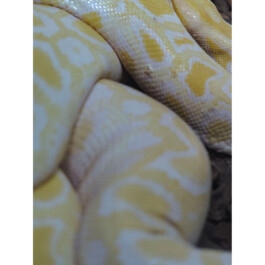
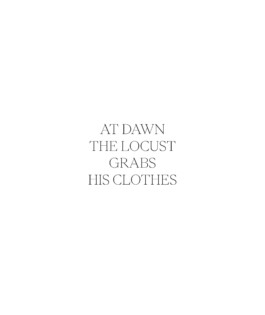
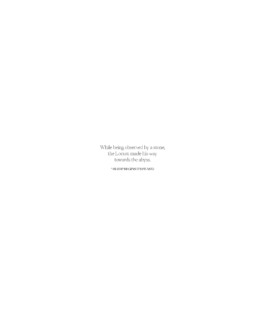

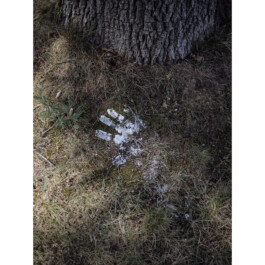
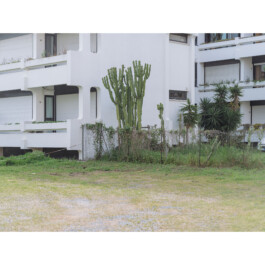

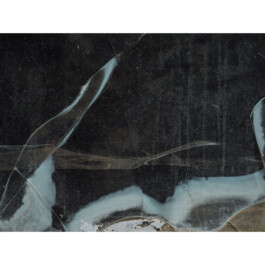
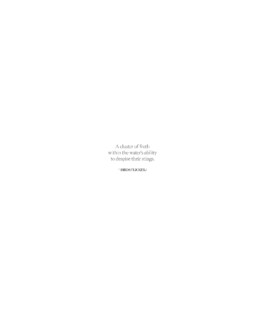
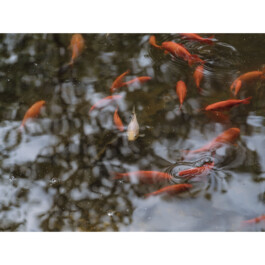


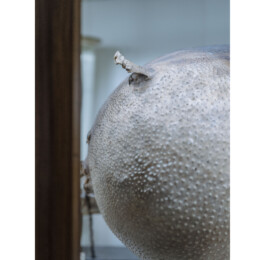
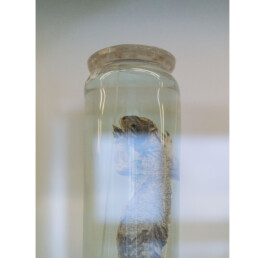
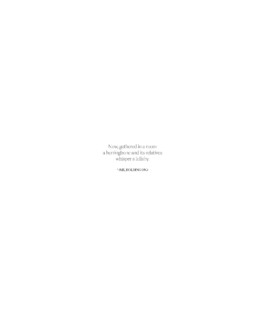
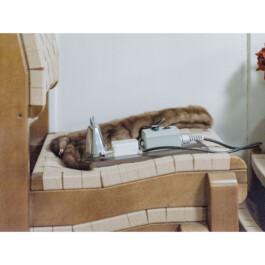


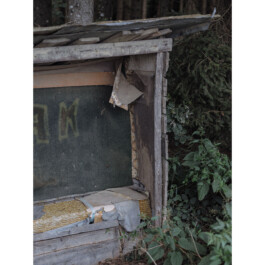

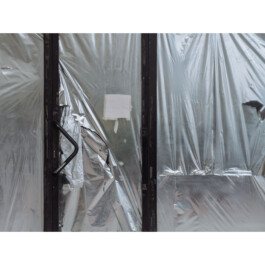
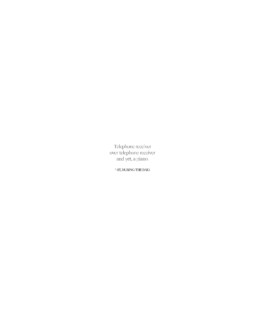
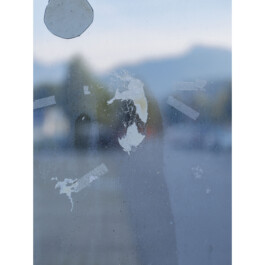


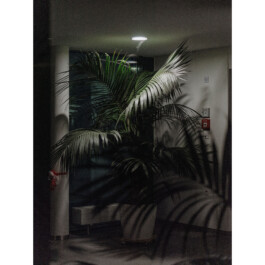

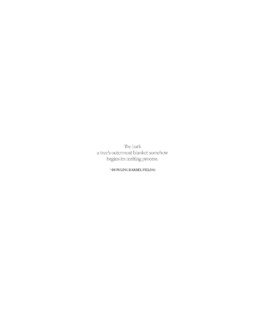


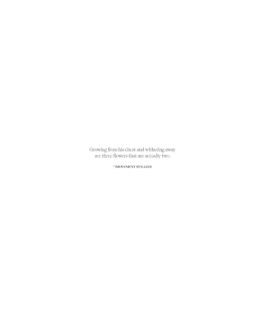
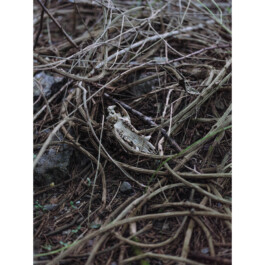
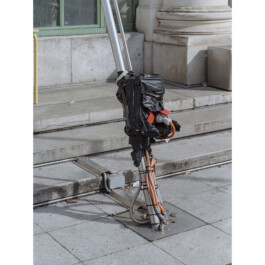

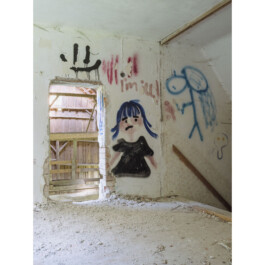
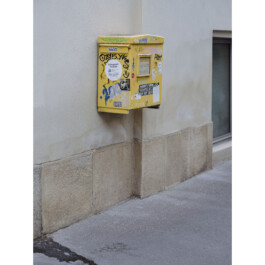
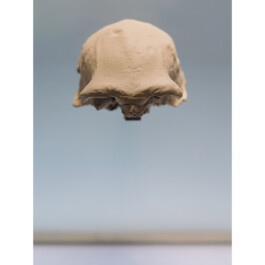
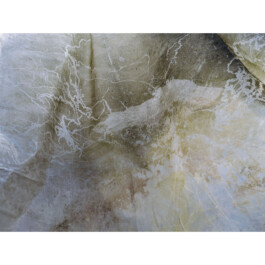
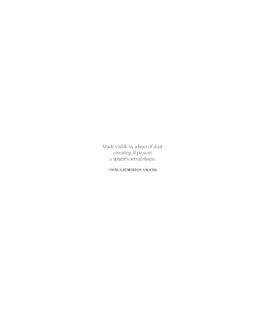
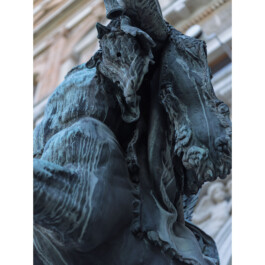
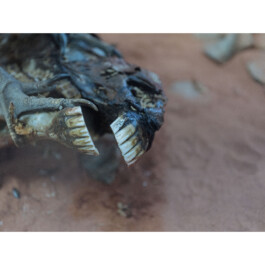
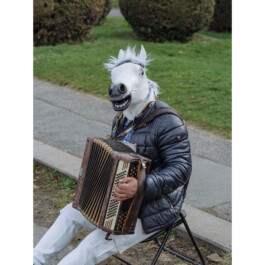



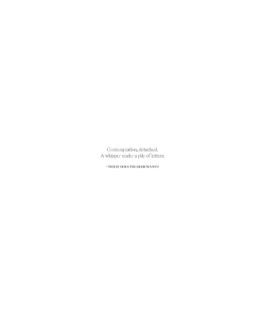
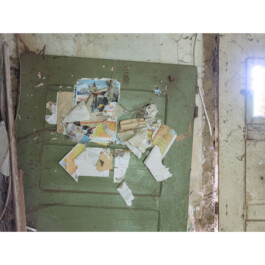
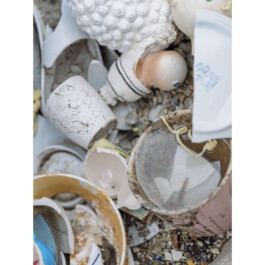
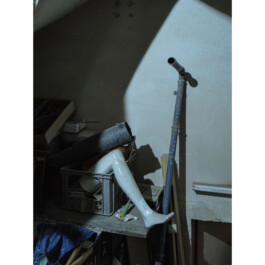
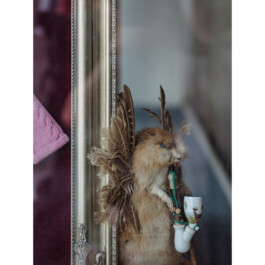
Retreat and withdrawal always make important components in the risky act of taking a picture. Risky in a sense of the willingness to bear potential friction between mental sketch and the photograph as the actual sum of mindful processing, adjustments, measurements, motor actions all in all. The wondrous and sometimes straining voyage from imagination to image is a rocky one at times. A photographer is to keep focus and courage for taking the risk.
Matthias Urban was willing to do so. And out of this, a five years lasting journey’s conclusion »At Dawn the Locust Grabs His Clothes« emerged. It is a tranquil meditation about encounters, changes, insights, glimpses, a deeply intimate story being shared. It radiates a peculiar and sudden focus amongst its soothing preposterousness, an unexpected and abrupt step out of vague impressions the meaning of withdrawal sometimes carries within.
Creating an almost alluring invitation to a journey full of photographic absurdities, you are being invited to shoulder the tripod, look through Matthias Urban’s lens, and see for yourself what his chosen frame of focus has to offer. Looking for sensations in the ordinary requires a curious focus after all. It proposes to observe weird wonders the world also has to offer which might evade your gaze, at least in the eventual context.
The book’s humorous quirkiness helps greatly as hold-on scenery amidst its dreamlike states and passages you could lose yourself in. Dreams tend to do that. Sometimes, you know only afterwards what your mind was pondering about. Another time, you have no choice but to remain ignorant of it. You just realize its whole weirdness without being exactly sure what it was about.
Matthias Urban plays with this very same state of sense. He credibly transports dream’s loss of awareness into present awakeness, and interchanges features instinctively without them being distinctive. A deeply subconscious layer which resonates almost as one of the book’s basic laws, so to speak.
It really is the context that counts, and Matthias Urban gently pushes the object over its boundaries. He shifts its purpose or embedding into the world by simply photographing it in peculiar notion, inwards and outwards. Giving birth to a new context altogether. Random artificial mechanisms and remnants that pose as motifs get exchanged for something that now feels like a being bearing life.
And where there is life, there is a story.
Text by Lisa Gallhammer


















































Retreat and withdrawal always make important components in the risky act of taking a picture. Risky in a sense of the willingness to bear potential friction between mental sketch and the photograph as the actual sum of mindful processing, adjustments, measurements, motor actions all in all. The wondrous and sometimes straining voyage from imagination to image is a rocky one at times. A photographer is to keep focus and courage for taking the risk.
Matthias Urban was willing to do so. And out of this, a five years lasting journey’s conclusion »At Dawn the Locust Grabs His Clothes« emerged. It is a tranquil meditation about encounters, changes, insights, glimpses, a deeply intimate story being shared. It radiates a peculiar and sudden focus amongst its soothing preposterousness, an unexpected and abrupt step out of vague impressions the meaning of withdrawal sometimes carries within.
Creating an almost alluring invitation to a journey full of photographic absurdities, you are being invited to shoulder the tripod, look through Matthias Urban’s lens, and see for yourself what his chosen frame of focus has to offer. Looking for sensations in the ordinary requires a curious focus after all. It proposes to observe weird wonders the world also has to offer which might evade your gaze, at least in the eventual context.
The book’s humorous quirkiness helps greatly as hold-on scenery amidst its dreamlike states and passages you could lose yourself in. Dreams tend to do that. Sometimes, you know only afterwards what your mind was pondering about. Another time, you have no choice but to remain ignorant of it. You just realize its whole weirdness without being exactly sure what it was about.
Matthias Urban plays with this very same state of sense. He credibly transports dream’s loss of awareness into present awakeness, and interchanges features instinctively without them being distinctive. A deeply subconscious layer which resonates almost as one of the book’s basic laws, so to speak.
It really is the context that counts, and Matthias Urban gently pushes the object over its boundaries. He shifts its purpose or embedding into the world by simply photographing it in peculiar notion, inwards and outwards. Giving birth to a new context altogether. Random artificial mechanisms and remnants that pose as motifs get exchanged for something that now feels like a being bearing life.
And where there is life, there is a story.
Text by Lisa Gallhammer